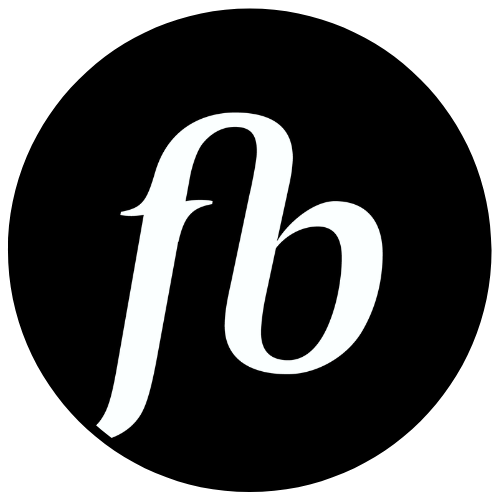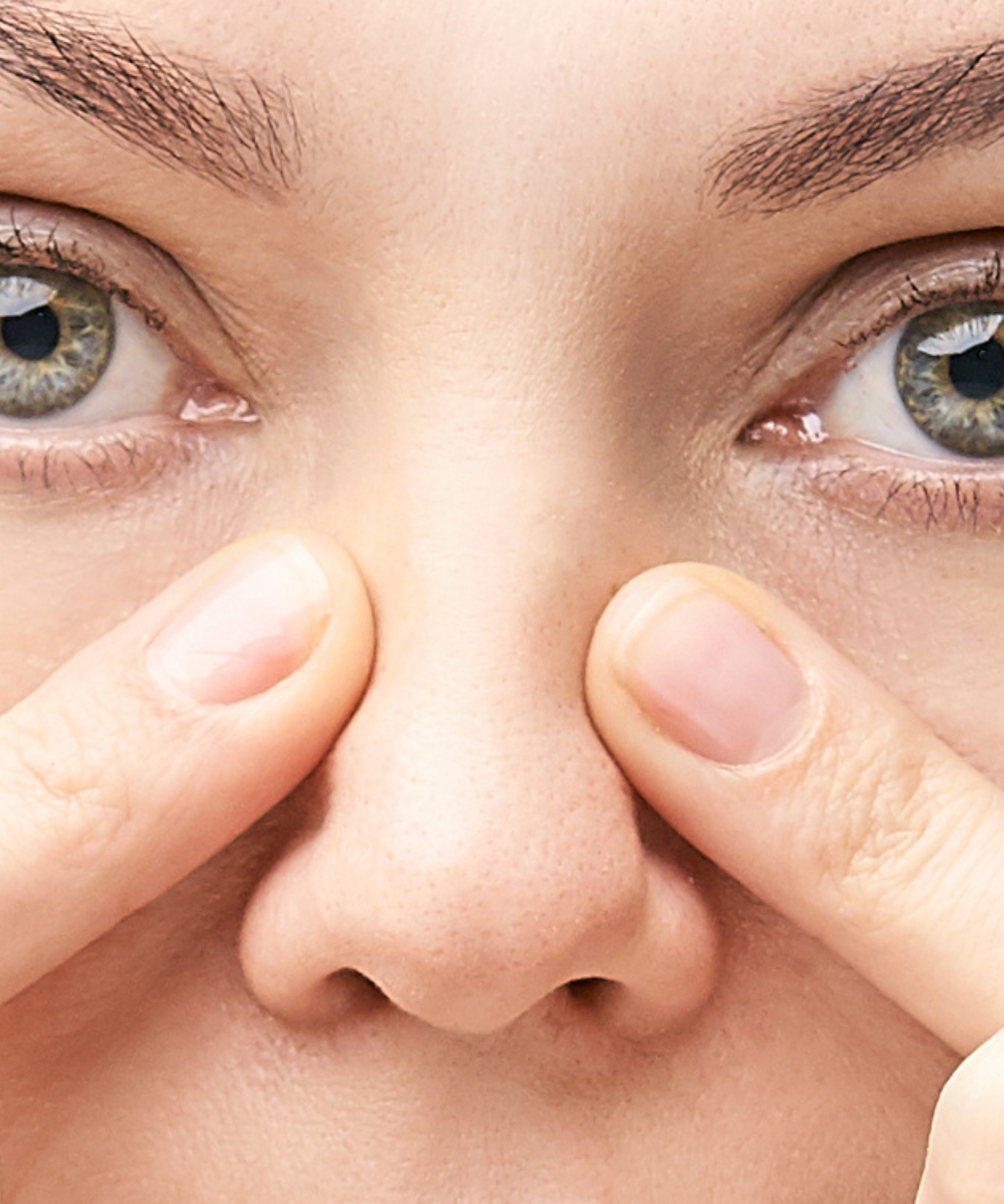Most Common Reasons for Rhinoplasty Surgery in London.
Rhinoplasty, often called a nose job, is one of the most frequently performed facial procedures in the UK. In London, it remains one of the most requested treatments for both aesthetic refinement and improved breathing.
While many people think of rhinoplasty as purely cosmetic, it can also address important ear, nose and throat concerns, including breathing difficulties, a deviated septum, or damage following injury.
Here, Mr Florian Bast, a Consultant ENT and Facial Plastic Surgeon based in Harley Street, explains the most common reasons patients seek rhinoplasty procedures in London - and how each concern is treated using modern, precise surgical techniques under general anaesthesia.
1. Broken Nose
What is a broken nose, and what causes it?
A broken or fractured nose occurs when the nasal bones are cracked or displaced, often due to sports injuries, accidents, or falls. The damage can involve both bone and cartilage, affecting the sides of the nose and the nasal cavity. If not treated properly, it may cause long-term changes in appearance and airflow through the nasal passages.
Broken nose symptoms
Swelling and tenderness
Bruising around the eyes
A crooked or flattened appearance
Difficulty breathing through one or both nostrils
If you’re wondering how to tell if your nose is broken, or when to seek help, it’s best to book an appointment quickly. Early broken nose treatment helps prevent lasting structural changes and supports faster healing.
Applying ice packs in the first 24 hours can help reduce swelling, but if the nose is displaced, surgically rhinoplasty or open broken nose surgery may be required to realign the bones. For older injuries, rhinoplasty is often the most effective long-term surgical procedure to restore both form and function.
2. Deviated Septum
What is a deviated septum?
A deviated nasal septum occurs when the thin wall dividing the nostrils sits off-centre, narrowing one or both nasal passages. This can be present from birth or caused by injury.
Deviated septum symptoms
Persistent nasal blockage on one side
Snoring or disturbed sleep
Facial pressure or headaches
Nosebleeds or dryness
Breathing difficulties during activity
If you’re wondering how to tell if you have this condition, a deviated septum self check can provide clues such as one nostril feeling tighter - but a medical consultation offers the most accurate diagnosis.
Treatment depends on your symptoms. While medication can relieve congestion, the only permanent solution is deviated septum surgery, also called septoplasty. When combined with cosmetic refinement, it becomes a septorhinoplasty - a surgical procedure that corrects both form and function.
3. Dorsal Hump
A dorsal hump nose describes a raised bump along the nasal bridge, usually made up of excess bone and cartilage. This feature can be inherited or appear after trauma.
Some people feel their dorsal hump makes the facial features appear unbalanced, especially in side profile. For others, it’s a matter of personal preference - what matters is how you feel about the shape of your nose.
Dorsal hump removal is typically performed during rhinoplasty, where the surgeon smooths and reshapes the bridge to create a balanced appearance. Because dorsal hump correction involves adjusting both bone and cartilage, it requires precision and experience.
As one of the best plastic surgeons in London for dorsal hump rhinoplasty, Mr Florian Bast performs this operation using refined, state of the art surgical techniques to preserve nasal strength and function while improving the contour.
4. Nasal Tip Concerns
What causes a bulbous or droopy nasal tip?
A bulbous nasal tip or drooping tip of the nose can occur due to genetics, thicker skin, or changes with age. The result may be a rounded or heavy appearance that disrupts facial balance.
Treatment options
Nasal tip rhinoplasty
Nasal tip reduction
Nasal tip lift
These procedures reshape the lower nasal cartilages while preserving airflow. During nasal tip rhinoplasty, the aim is to refine the definition and projection of the nasal tip without changing your natural character.
By focusing on proportion, Mr Bast creates subtle refinements that enhance the facial features and restore balance while maintaining nasal function and comfort.
Why Rhinoplasty may be necessary
Whether you have a bulbous nasal tip or are seeking refinement, Rhinoplasty can create a more structured, elegant appearance, often in combination with functional correction.
5. Nasal Valve Collapse
What is nasal valve collapse?
The nasal valve is the narrowest part of the nasal cavity. If it weakens or collapses inward, airflow becomes restricted - a condition known as nasal valve collapse.
Collapsed nasal valve symptoms
Difficulty breathing through the nose
Nasal obstruction that worsens with exercise
Clicking or flaring nostrils when breathing
Feeling congested despite no allergies
Causes and related conditions
It often occurs alongside a deviated septum or after aggressive nasal surgery. Anterior nasal valve collapse is particularly difficult to detect without a specialist.
How to treat nasal valve collapse
Treatment often requires nasal valve collapse surgery to reinforce the airway with grafts. In some cases, how to fix a collapsed nasal valve also includes correcting external nasal shape.
Why Rhinoplasty may be necessary
If structure and function are both affected, Rhinoplasty combined with internal reconstruction is the most effective way to restore both airflow and appearance.
6. Saddle Nose Deformity
What is a saddle nose deformity?
Saddle nose deformity is a condition where the bridge of the nose collapses, creating a sunken or concave profile. It’s most often caused by trauma, autoimmune disease, or failed surgery.
Saddle nose deformity symptoms
A visibly collapsed nasal bridge
Breathing difficulties
Whistling sounds when inhaling
Loss of nasal support
Saddle nose deformity causes
This condition may result from untreated fractures, over-aggressive septum removal, or diseases affecting cartilage.
How to repair saddle nose deformity
Saddle nose deformity repair usually involves complex Rhinoplasty with cartilage grafts, often harvested from the rib or ear. It cannot be corrected with filler alone.
Why Rhinoplasty may be necessary
Rebuilding the bridge requires structural support to prevent further collapse. Early treatment is essential for those asking how to prevent saddle nose deformity from progressing.
Why Choose Mr Florian Bast
Consultant ENT and Facial Plastic Surgeon, dual-trained in function and aesthetics
Based in Harley Street, London
Specialist in revision rhinoplasty and deviated septum surgery
Uses advanced surgical techniques for safe, natural results
Trusted by patients seeking the best rhinoplasty surgeon in London
Key Takeaways
Rhinoplasty can treat both cosmetic and medical nasal concerns
Conditions such as a deviated septum, bulbous nasal tip, or nasal valve collapse may need surgical correction
Surgery can restore nasal shape, airflow, and confidence
Mr Florian Bast provides expert rhinoplasty in London, using advanced methods for natural outcomes
Mr Florian Bast a Facial Plastic Surgeon in London
Mr Florian Bast specialises in Rhinoplasty in London, Revision Rhinoplasty London, Facial Plastic Surgery in London, and Aesthetic Procedures in London.
He is known as one of the best revision rhinoplasty surgeon London and best rhinoplasty surgeon London UK.
London Hospital locations:








